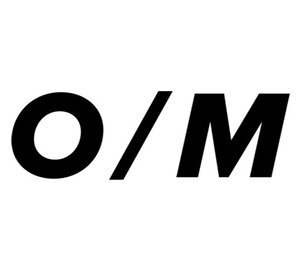A.P./ ARTIST PROOF - according to tradition, the artist may create additional prints labeled “A.P.” (10% of the edition). If its an edition of 20, the artist may print an additional 2 prints to be labeled as “artist proofs”.
AQUATINT - an intaglio technique using rosin—sprinkled onto and bonded to the plate—to create texture on the surface and varying shades and tones.
B.A.T - a B.A.T. is the first print the artist or printmaker pulls from an edition that is “right”. Essentially, it is the standard for all of the other prints in the edition.
DIGITAL PRINT (A.K.A. PIGMENT PRINT/GICLEE) - kind of self-explanatory. Print created from a digital printer using archival pigments and paper.
DRYPOINT - lines are drawn, or incised, into a plate (metal, acetate, etc.)to accept ink. no acid or chemicals required. Just a sharp tool.
EDITION - a set of limited prints of the precisely same size, image and color. As close to identical as possible.
ETCHING - a form of intaglio printing using copper, zinc, plexiglass or photopolymer plates. The lines and marks are etched below the surface. Here, the ink gets trapped and then transferred to the paper using high pressure/an etching press.
INTAGLIO - marks, areas or images are engraved or incised into the plate (to accept and hold ink below the surface); the plate is printed on an etching press with high pressure
LETTERPRESS - a printing process utilizing raised text or imagery, ink and a press. It has been used for all types of print (ha-ha).
LINOCUT - a form of a relief printing in which you carve and cut into linoleum, and then apply ink to the raised portions and print either by hand or on an etching press with low pressure
LITHOGRAPHY - a printing process based on the properties of oil and water. The surface of the plate (stone, aluminum plate, pronto plate) is altered to accept either oil or water. Ink is oily, so areas of the plate that accept oil will hold ink, and the rest will resist the ink and remain blank. The ink and image is then transferred to paper using a lithography press.
MONOPRINT - rather than part of an edition, a monoprint is a singular entity; only one exists.
MONOTYPE - a printmaking technique typically using ink on a plexiglass or acetate surface, which is then transferred to the paper. The artist may draw, paint, remove or alter the ink to create endless marks and textures. many, many techniques exist.
OFFSET LITHOGRAPHY - a form of commercial printing based on the concepts of lithography (oil + water!). Inside the offset press, the image is transferred from the printing plate to a rubber blanket, and then transferred to the paper, hence the “offset.” Originally invented for printing newspapers, magazines, books, packaging materials, etc. Extremely versatile and effective for printing large quantities quickly and affordably without compromising quality.
PHOTOGRAVURE - a photograph is transferred to an etching plate through various techniques
RELIEF - a form of printmaking in which the image is carved into a block (i.e. linoleum, wood, etc.). The ink is applied to the raised portions and then printed to another surface, such as paper or fabric. Can be printed by hand or using a printing press.
SERIES - exactly what it sounds like. many printmakers emphasize editions, while others feel compelled to explore or experiment throughout the printing process. A series can be any group of prints seen as related by the artist.
SILKSCREEN - a form of printmaking utilizing mesh screens to hold images and print multiples. The most common process uses photo emulsion, a transparency and UV light to expose the image onto the screen. The ink is then allowed to pass through certain parts of the screen and resisted in others. Excellent for printing on a wide range of surfaces.
SOLARPLATE/POLYMER PLATE - a nontoxic form of intaglio printing using a photopolymer plate, UV light and water to transfer and create etching plates for printing
U.P./ UNIQUE PRINT - one-of-a-kind, baby!
WOODCUT - a form of a relief printing in which you carve and cut into wood, and then apply ink the the raised portions and print either by hand or on an etching press with low pressure. Popular wood choices include shine, baltic birch, pine and cherry.
